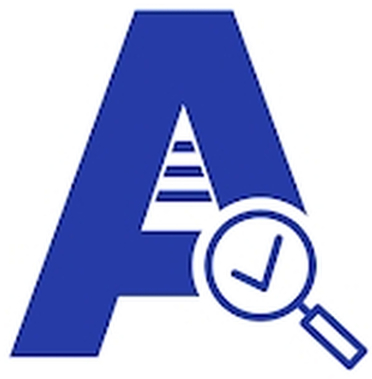HACCP Plan
A HACCP (Hazard Analysis and Critical Control Points) plan is a systematic approach to food safety that identifies and manages potential hazards throughout the food production process. Here’s a step-by-step guide to developing an effective HACCP plan:
1. Choose the eAuditor Audits & Inspections:
- Features to Look For: eAuditor Audits & Inspections offers features like checklist management, hazard tracking, record-keeping, real-time monitoring, and reporting.
- Integration: eAuditor Audits & Inspections integrates with other systems (e.g., inventory, quality management).
2. Set Up the eAuditor Audits & Inspections:
- Create User Accounts: Set up accounts for all team members who will use the eAuditor Audits & Inspections.
- Customize Settings: Configure settings according to your specific HACCP plan requirements (e.g., process steps, CCPs).
3. Define the HACCP Plan in the eAuditor Audits & Inspections:
- Input Process Flow Diagram:
- Upload or create a detailed process flow diagram within the eAuditor Audits & Inspections.
- Ensure it accurately reflects all stages of production.
- Document Product Details:
- Enter detailed information about the product, including ingredients, processing, and distribution methods.
- Hazard Analysis:
- Use the eAuditor Audits & Inspections’s tools to document potential hazards at each step of the process.
- Categorize hazards (biological, chemical, physical) and assess their risk levels.
4. Set Up Critical Control Points (CCPs):
- Define CCPs:
- Identify and input CCPs into the eAuditor Audits & Inspections.
- Set critical limits for each CCP (e.g., temperature, time).
- Monitoring Procedures:
- Configure the eAuditor Audits & Inspections to include monitoring procedures and schedules for each CCP.
- Set reminders or alerts for monitoring tasks.
5. Establish Monitoring and Data Collection:
- Real-Time Monitoring:
- Use the eAuditor Audits & Inspections’s functionality to record real-time data for CCPs.
- Ensure devices are integrated if automated data collection (e.g., temperature sensors) is used.
- Manual Entries:
- Allow staff to input monitoring data manually through the eAuditor Audits & Inspections.
6. Define and Record Corrective Actions:
- Create Corrective Action Protocols:
- Document steps to be taken if a CCP is out of control.
- Set up the app to track and record corrective actions.
- Automate Notifications:
- Configure the eAuditor Audits & Inspections to send alerts or notifications if a CCP deviation occurs.
7. Implement Verification Procedures:
- Schedule Verifications:
- Use the eAuditor Audits & Inspections to schedule and track verification activities.
- Include internal audits, reviews, and equipment calibrations.
- Record Results:
- Document verification results within the eAuditor Audits & Inspections and review them periodically.
8. Maintain Records and Documentation:
- Digital Records:
- Ensure all monitoring, corrective actions, and verification activities are recorded in the eAuditor Audits & Inspections.
- Access Control:
- Set permissions to ensure that only authorized personnel can access or modify records.
9. Train Personnel:
- Training Modules:
- Utilize the eAuditor Audits & Inspections’s training features, if available, to provide HACCP training to staff.
- Ensure training on how to use the eAuditor Audits & Inspections effectively.
- Continuous Learning:
- Offer ongoing training and updates through the eAuditor Audits & Inspections.
10. Review and Update the HACCP Plan:
- Regular Reviews:
- Use the eAuditor Audits & Inspections to schedule regular reviews of the HACCP plan and make updates as needed.
- Feedback Integration:
- Collect feedback from users and incorporate improvements into the eAuditor Audits & Inspections and HACCP plan.
11. Compliance and Reporting:
- Generate Reports:
- Use the eAuditor Audits & Inspections to generate and export HACCP compliance reports.
- Regulatory Alignment:
- Ensure the eAuditor Audits & Inspections ’s features and records align with local and international food safety regulations.
12. Continuous Improvement:
- Analyze Data:
- Use the eAuditor Audits & Inspections’s analytics tools to identify trends and areas for improvement.
- Iterate:
- Continuously update the HACCP plan and eAuditor Audits & Inspections settings based on data and feedback.
Additional Tips:


- Backup Data: Regularly back up data stored in the eAuditor Audits & Inspections to prevent loss.
- User Support: Utilize eAuditor Audits & Inspections support or customer service for troubleshooting and assistance.
- Security: Ensure the eAuditor Audits & Inspections has robust security features to protect sensitive food safety data.


